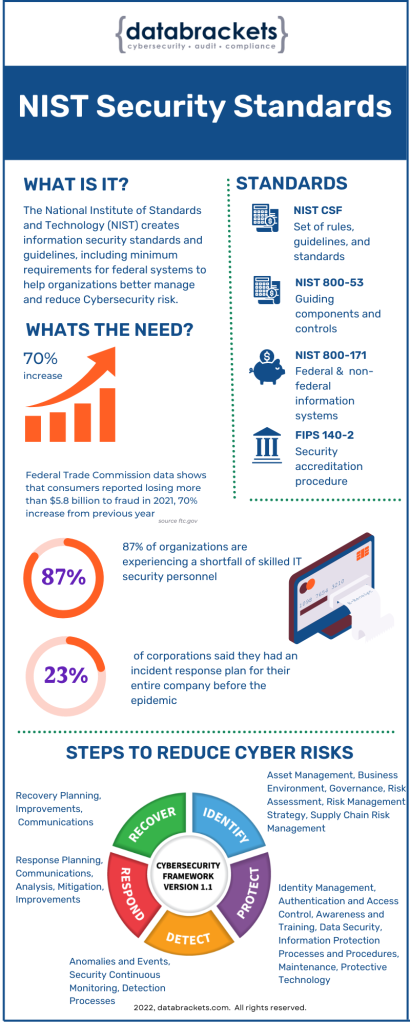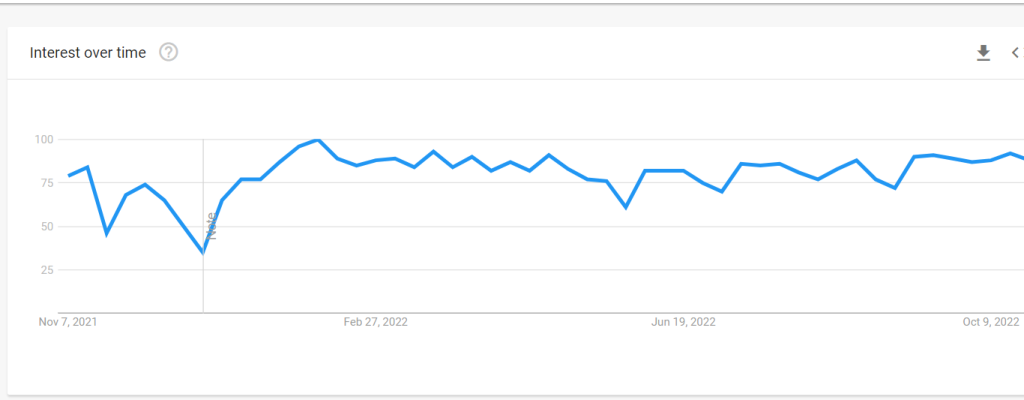Feeling confused about security assessments? Are you unsure if a Vulnerability Assessment or Penetration Test is the right assessment for your organization? While both aim to test your defenses and security postures, they take very different approaches. This blog will untangle the mysteries of Vulnerability Assessments and Penetration Testing, helping you choose the ideal champion to evaluate your security posture.
Vulnerability Assessments (VAs) leverage automated tools to scan for known vulnerabilities in your software and systems. They provide a high-level view of potential issues based on documented weaknesses. This approach is cost-effective and efficient, making it ideal for regular checkups.
Penetration Testing (PT) simulates real-world attacker behavior, actively exploiting existing vulnerabilities to measure their impact. This in-depth assessment reveals how attackers might gain access and cause damage. However, Penetration Tests are more complex, requiring specialized skills and manual effort, leading to higher costs.
Organizations look for these security assessments usually for legal, contractual or regulatory purposes. Once you understand the business objective(s) for your assessment, you can select the right option or probably conduct both tests. However, in our experience as cybersecurity professionals for over 12 years, leveraging the strengths of both VA and PT at different times is ideal for your cybersecurity strategy.
Comparing Pen Testing and Vulnerability Assessment
Vulnerability Assessment and Penetration Testing (Pen Testing) are both critical components of a comprehensive cybersecurity strategy, but they serve different purposes and have distinct methodologies. Here’s a comparison of the two:

1. Purpose
Vulnerability Assessment: The primary goal of a vulnerability assessment is to identify, assess, and categorize vulnerabilities in an organization’s systems, networks, and applications. It focuses on finding weaknesses in the security posture without exploiting them. It aims to provide a snapshot of potential weaknesses that could be exploited by attackers.
Pen Testing: Pen Testing, on the other hand, involves actively simulating real-world cyberattacks to exploit vulnerabilities and determine the extent to which an attacker can gain unauthorized access or compromise systems. The primary purpose is to evaluate an organization’s security posture and measure its ability to withstand attacks if they are attacked.
2. Scope & Frequency of Testing
Vulnerability Assessment: It usually has a broader scope, focusing on identifying as many vulnerabilities as possible, including low-risk ones. It provides a comprehensive list of potential weaknesses.
Pen Testing: Pen testing has a narrower scope and typically focuses on a specific target or set of targets. It aims to demonstrate the impact of exploited vulnerabilities and assess the overall security posture.
3. Methodology
Vulnerability Assessment: It typically involves automated or manual scans of systems and networks to identify known vulnerabilities. The assessment can include vulnerability scanning tools, configuration reviews, and system analysis.
Pen Testing: Pen testing involves ethical hackers (penetration testers) actively trying to exploit vulnerabilities to understand their potential impact and determine if unauthorized access or data breaches are possible. This may include attempting to gain unauthorized access, privilege escalation, social engineering, network probing, data exfiltration, or other attack scenarios.
4. Reporting
Vulnerability Assessment: The output of a vulnerability assessment is a list of identified vulnerabilities, their severity ratings, and recommendations for remediation. It provides a roadmap for improving security but doesn’t include detailed exploitation scenarios.
Pen Testing: Pen testing reports include information on the vulnerabilities exploited, the impact of successful attacks, the techniques used, and recommendations for mitigating the risks. These reports are more in-depth and provide actionable insights based on actual attack simulations.
5. Regulatory Compliance
Vulnerability Assessment: Vulnerability assessments are often almost required to comply with various regulations and standards, such as PCI DSS, ISO 27001, SOC 2, HIPAA, NIST Cybersecurity Framework, NIST 800-171, CMMC 2.0, etc. This is considered as the minimum required security program for several organizations.
Pen Testing: Penetration testing is also required, at times, by regulations and security standards, and it is more focused in the areas where customer data is stored. Organizations in the finance industry, product/cloud companies and the healthcare sector are required to conduct the pen testing as the cost of breaches is too high if the services/products are not secured properly. Pen testing is required in any certification audit including SOC 2 & ISO 27001, apart from several compliance standards including PCI DSS, HIPAA, NIST Cybersecurity Framework, NIST 800-171, CMMC 2.0, etc.
6. Cost & Time
Vulnerability Assessment: Typically carried out through automated processes, this operation can take anywhere from a few hours to several hours to complete. The process, which includes identifying vulnerabilities and validating the results, is generally completed within a few days. The cost for this engagement usually begins at around USD 2,500.
Pen Testing: A considerable amount of work goes into collecting public information, conducting analysis, identifying vulnerabilities, and executing exploitation, including privilege escalation. Depending on the type of penetration testing – whether it’s network, application, or other asset types – the engagement typically spans 2 to 6 weeks. The cost for these services starts at approximately USD 15,000.
7. Benefit to your Cybersecurity Strategy
Vulnerability Assessment: The assessment tells you how your systems are configured and which policies & procedures you need to be changed to enhance security.
Pen Testing: It tells you how secure your systems are and which security controls are not implemented. After a Pen Test, you need to review your security tech & industry-specific best practices.
Do you need Pen Testing and Vulnerability Assessment or just one?
Vulnerability assessments are focused on identifying vulnerabilities, while penetration testing involves actively exploiting these vulnerabilities to assess their real-world impact. Both approaches are valuable in a comprehensive cybersecurity strategy, with vulnerability assessments providing continuous monitoring and early detection of weaknesses and penetration testing helping organizations understand their readiness to defend against sophisticated attacks. Both are valuable tools in a cybersecurity program, and organizations often use a combination of both to strengthen their overall security posture.
Compliance Driven Decisions: If legal, contractual, or regulatory requirements demand specific assessments, you need to follow the mandated standards or clauses.
Understanding Your Needs: If the decision isn’t dictated by external factors, consider your specific needs. Vulnerability Assessments are excellent for regular scanning and identifying broad areas for improvement. They are cost effective and help you categorize vulnerabilities. Pen Testing is invaluable for uncovering deeper vulnerabilities and understanding their real-world consequences.
How databrackets can help you with Vulnerability Assessment & Pen Testing
Our Vulnerability Assessment & Pen Testing capabilities have been accredited by the A2LA for ISO 17020 Conformity assessment for inspection bodies. Our cybersecurity experts have several years of experience helping organizations across industries to meet regulatory and customer requirements.
Our client engagement starts with your business objective in mind. Vulnerability Assessment & Pen Testing is requested for several reasons:
- To secure your environment
- To meet certain regulatory compliance or certification requirements
- To fulfill a request made by your customer
- A combination of the reasons mentioned above
Once we understand what you require, our exercise focuses primarily on scoping of the engagement and setting expectations. We use a variety of tools depending on the type of test and systems in which we need to identify vulnerabilities & conduct pen testing. Our process includes:
- Discovery
- Identifying and finalizing assets
- Identifying vulnerabilities
- Exploitation of the vulnerabilities (Pen Testing)
- Validation of the issues identified
- Remediation/Recommendations
- Re-testing
We conduct a wide variety of Penetration Tests for our clients to evaluate the level of security in the following:
- Internal Network
- External Network
- Web Application
- Mobile Apps
- Cloud Infrastructure
- IoT Devices
Apart from using the tools best in the industry, we also focus on remediation and retesting of the environment. We just don’t give hundreds of pages of reports without any help to eliminate the risks. We help our clients prioritize the risks based on the context, patch the systems and select security tech, policies and procedures that are considered best practices in their industry. We also set up continuous monitoring after our tests to track any changes to your environment & send you timely alerts.
As we continue to work with our clients, we sharpen our understanding of your specific environment and system. This helps us to design cadence for continuous protection and monitoring using the right tools to ensure continual improvement and proactive identification of issues for the future. You can contact us for a customized quote or schedule a consultation.
databrackets overview
Our team of security experts has supported organizations across a wide variety of industries to align their processes with security frameworks like ISO 27001:2022, SOC 2, HIPAA, 21 CFR Part 11, NIST SP 800-53, NIST Cybersecurity Framework, NIST SP 800-171, GDPR, CMMC 2.0 etc.
We are constantly expanding our library of assessments and services to serve organizations across industries. Schedule a Consultation if you would like to Connect with an Expert to understand how we can customize our services to meet your specific requirements.
Related Links:
Technologies To Detect And Prevent Ransomware Attacks
Sources of Ransomware Attacks on Healthcare Systems
What are the new controls added to ISO 27001 in 2022?
How to Select a Security Vendor
Author: Aditi Salhotra, Digital Marketing and Business Development, databrackets.com
Aditi is a Digital Marketing and Business Development Professional at databrackets.com. She graduated with honors in Marketing from Sheridan College, Canada. In addition to her current profile, she contributes to Product Development and Content Creation. She is a strong advocate of Good Cyber Hygiene and white hat SEO techniques. She is proud of the company’s mission to safeguard organizations from cyber threats and ensure their business continuity in adverse situations.
Technical Expert: Srini Kolathur, Director, databrackets.com
The technical information presented in this blog has been carefully reviewed and verified by our Director, Srini Kolathur. Srini is results-driven security and compliance professional with over 20 years of experience supporting, leading, and managing global IT security, compliance, support, and risk assessment in fortune 100 companies. Some of his key areas of focus are SOC 2, ISO 27001, NIST 800-171, NIST 800-53, NIST Cybersecurity Framework, HIPAA, Security Risk Assessment, CMMC 2.0 among others. He is a CMMC Registered Practitioner (RP), CISSP, CISA, CISM, MBA. He is active in several community groups including Rotary International and TiE.
 Organizations of all sizes are vulnerable to data theft and loss. Vulnerability is regardless of the asset at risk – consumer information, intellectual property, or private corporate files. The United States federal government and its commercial contractors have long relied on the National Institute of Standards and Technology (
Organizations of all sizes are vulnerable to data theft and loss. Vulnerability is regardless of the asset at risk – consumer information, intellectual property, or private corporate files. The United States federal government and its commercial contractors have long relied on the National Institute of Standards and Technology (